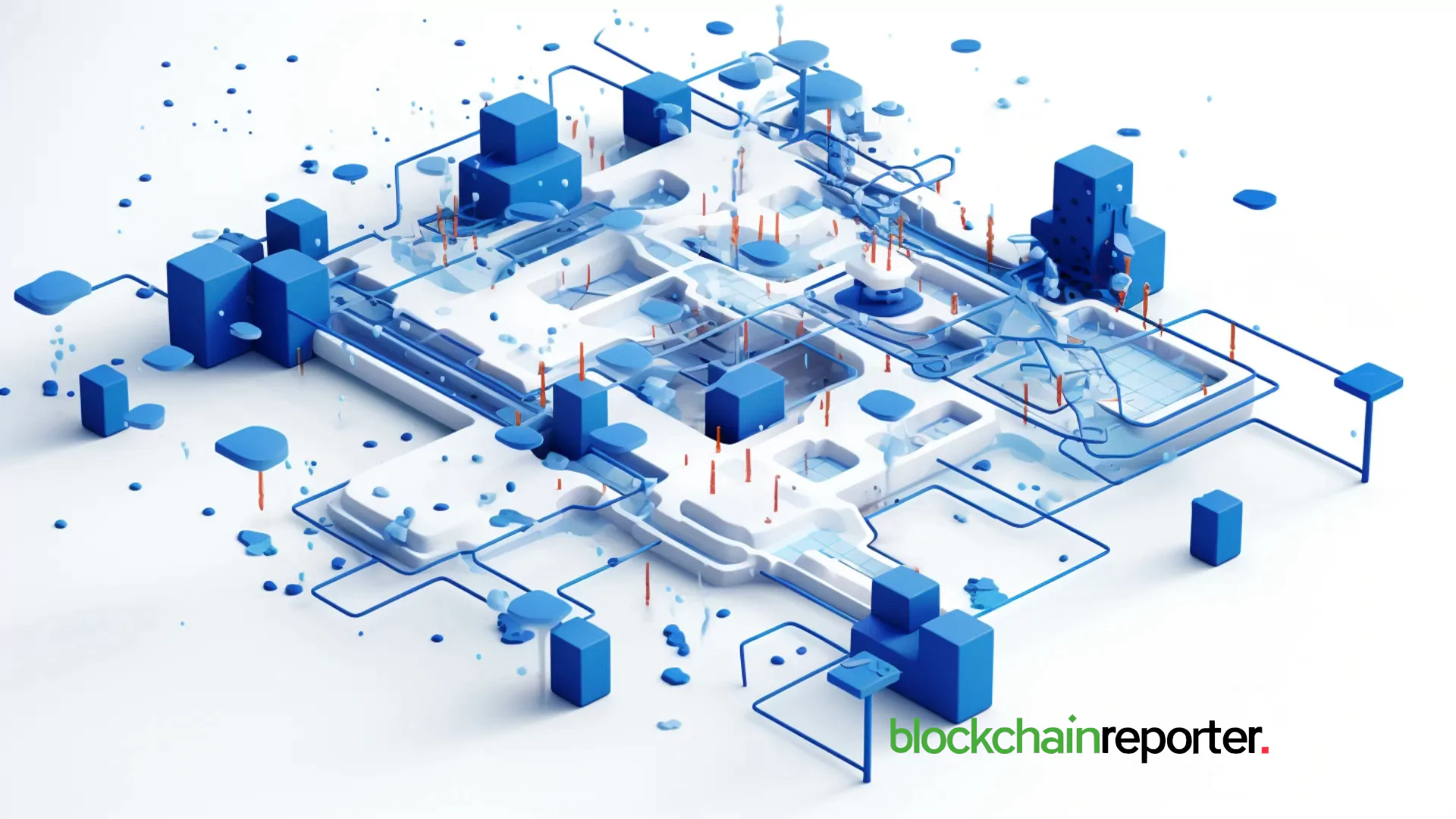Kima Network Introduces Next-Gen DvP Model for Efficient RWA Payment Settlement

With the continuous momentum in the tokenization of real-world assets (RWA), Kima Network remains at the forefront of this transformation. Kima Network has now unleashed an innovative settlement model called ‘Delivery vs Payment’ (DvP). This model is designed to inquire the inflow of assets and payments across financial ecosystems.
Traditional settlement methods depend on escrow while leaving participants at risk of smart contracts. Unlike this, Kima’s DvP mechanism encourages instant and automatic transactions that execute on the fulfillment of obligations from both sides. Kima Network is a cross-chain settlement protocol for assets, has revealed the announcement through its official X account.
Kima Network Makes Real-World Asset Markets Efficient
The Delivery vs Payment solution is properly organized, maintaining fiat compatibility while strengthening cross-chain transactions. With this flexibility, this mechanism becomes a powerful tool for accelerating tokenized asset markets, secondary RWA trading, and direct fiat-to-asset settlements.
There is an increasing institutional interest in RWAs, and the DvP model has a reliable infrastructure. This infrastructure aims to remove counterparty risk while ensuring efficient execution. Kima Network has an aligned system suitable for both crypto-native and traditional financial participants. With this streamlined system, the network addresses the issues to bridge the gap between crypto nd traditional worlds.
Kima Network Reshapes Speed and Trust in Finance
Kima Network’s DvP model possesses the ability to encourage trustless settlement. In transactions leveraging the DvP model, there is no need for escrow services or any intermediaries. This initiative aims to empower participants by providing them with full control over their assets until they meet conditions. As a result, more transparent, faster, and safer financial flow occurs.
Kima Network enables automatic settlement across fiat rails and chains. By doing this, the network is set to streamline tokenized markets while setting the stage for broader adoption of digital assets. With his breakthrough, Kima Network aims to cement its position as a key innovator to redefine financial operations in the digital era.
You May Also Like

China Bans Nvidia’s RTX Pro 6000D Chip Amid AI Hardware Push

HKEX Enforces Regulations on Crypto Treasury Companies
